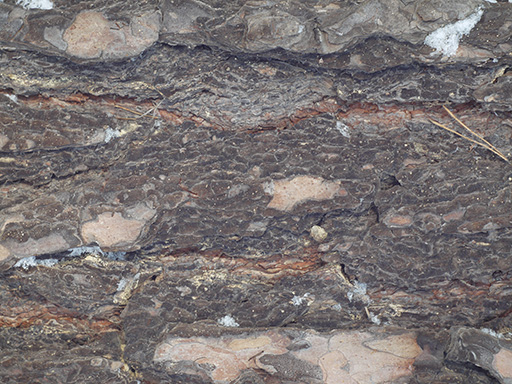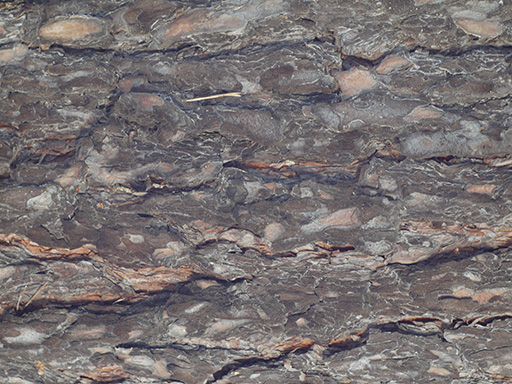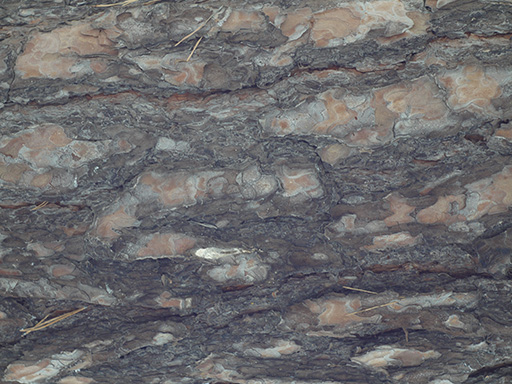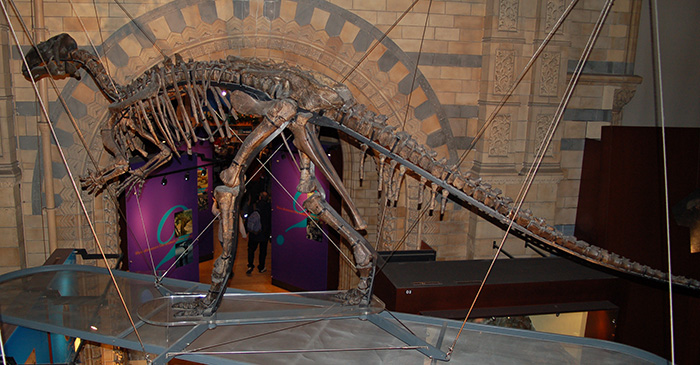
One of the first discovered and scientifically described dinosaurs is an iguanodon, which was first described by fossilized teeth, that look like iguana‘s, but much larger, in 1820ies in England by Gideon Mantell. First it were reconstructed as massive animal, that looks like iguana with elephant size and spike on a nose, later findings showed, that spike located not on the nose, but on the hands of reptile, on a thumbs, and was used for protection from predators and food gathering. Also, findings showed, that iguanodons are not so massive and they were placed in upright vertical position, with basement on back paws and tile. Researches of 20th century made it clear, that this reconstruction is also not right, because at such position tile would be broken; and now animal is shown with horizontal body position and straight tile, which mainly moves on 4 legs and sometimes goes to running on 2 back paws.
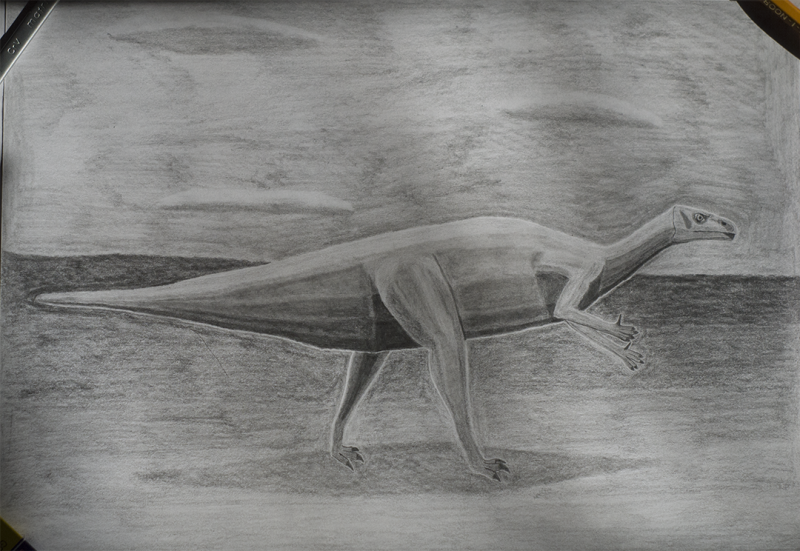
Iguanodons reached 12 m in length and 3 tons mass; wherein their maximal running speed was 24 km/h on back limbs; they lived at the beginning of a Cretaceous period 140 – 120 millions of years ago. Animal ate plants, in mouths they had 2 rows of teeth, which replaced each other, with which they chewed food; teeth located deeply in mouths, this tells, that they had some kinds of cheeks : muscular or completely from skin. For now there are no undoubted data on whether these animals lived in large herds or in small families; adult animals preferred to move on all 4 legs, when they obtained size and weight ( by this time length of their arms reached 70% of the back legs length ), while light-weighted juveniles ran mostly on back paws ( their hands was only 60% of legs length ). By this time lots of iguanodons fossils were found in Europe, North America and presumably in Africa and Asia; many of the subspecies, initially placed in relation to iguanodons, now are moved into separate species, part of the others changed their location inside iguanodons genera. To date iguanodons are one of the most studied dinosaurs species and, together with megalosaurus and hylaeosaurus initially formed this genera of ancient reptiles.

